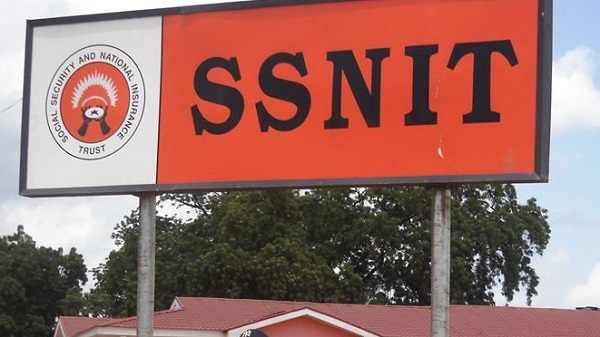The Social Security and National Insurance Trust (SSNIT) scheme is at a critical juncture, driven by an increasing disparity between benefit payments and contributions.
This was revealed by SSNIT Director-General Kofi Osafo Maafo at the 2024 Operations and Benefits Conference held at Elmina Beach Resort.
Over the last decade, the SSNIT scheme has witnessed a substantial increase in benefit payments – which surged from GH¢941.27million in 2014 to over GH¢5.4billion in 2023. This contrasts with a slower growth in contribution collections, which rose from GH¢1.7billion to just over GH¢6 billion within the same period.
Mr. Maafo emphasised that this growing gap – wherein benefit payments outpace contribution collections – signals a crucial challenge for the Trust.
“This situation in which the Trust pays out more than it collects should be a source of great concern to all of us,” Mr. Maafo warned.
He attributed the widening gap to several factors, including the SSNIT Fund’s maturing phase and increased number of retirees drawing benefits – adding that legislative changes introduced by the National Pensions Act 2008 (Act 766) have further exacerbated strain on the Trust.
Mr. Maafo pointed out that a reduction in the scheme’s funding rate from 17.5 percent to 11 percent and lowering the vesting period – along with enhanced benefits – have added to the financial pressure on SSNIT.
While acknowledging these legislative changes, he stressed the necessity for innovative strategies that alleviate their impact until amendments can be made to the law.
One of the immediate challenges highlighted by Mr. Maafo is the irregular payment of contributions for public sector workers, particularly those employed by the Controller and Accountant General’s Department. With Ghana’s government being the largest employer, delays in contribution payments from this sector significantly strain SSNIT’s resources.
Mr. Maafo warned that unless this issue is addressed promptly, it could hinder the Trust’s ability to meet future obligations.
In response to these challenges, Mr. Maafo called for a strategic approach centred on three pillars: expanding coverage of the SSNIT scheme; enforcing compliance; and adopting state-of-the-art technology to manage the Trust’s operations.
He emphasised that expanding active membership is crucial for increasing contribution collections and ensuring the scheme’s sustainability.
The SEED (Self-Employed Enrollment Drive) initiative, designed to bring more workers into the scheme, was identified as a key strategy. However, Mr. Maafo expressed concern that the current enrollment figures are lagging behind targets.
SSNIT is placing critical attention on technology in addressing the scheme’s sustainability issues.
The Director-General announced that SSNIT management, with support from the operations team, will soon roll out a digital technology solution known as the ‘SSNIT Digital Bouquet’.
This initiative includes a new website, portal, an upgraded USSD platform and the highly anticipated SSNIT Mobile App.
He expressed optimism that these digital tools will not only improve service delivery but also encourage members and employers to make regular contributions more conveniently.
















